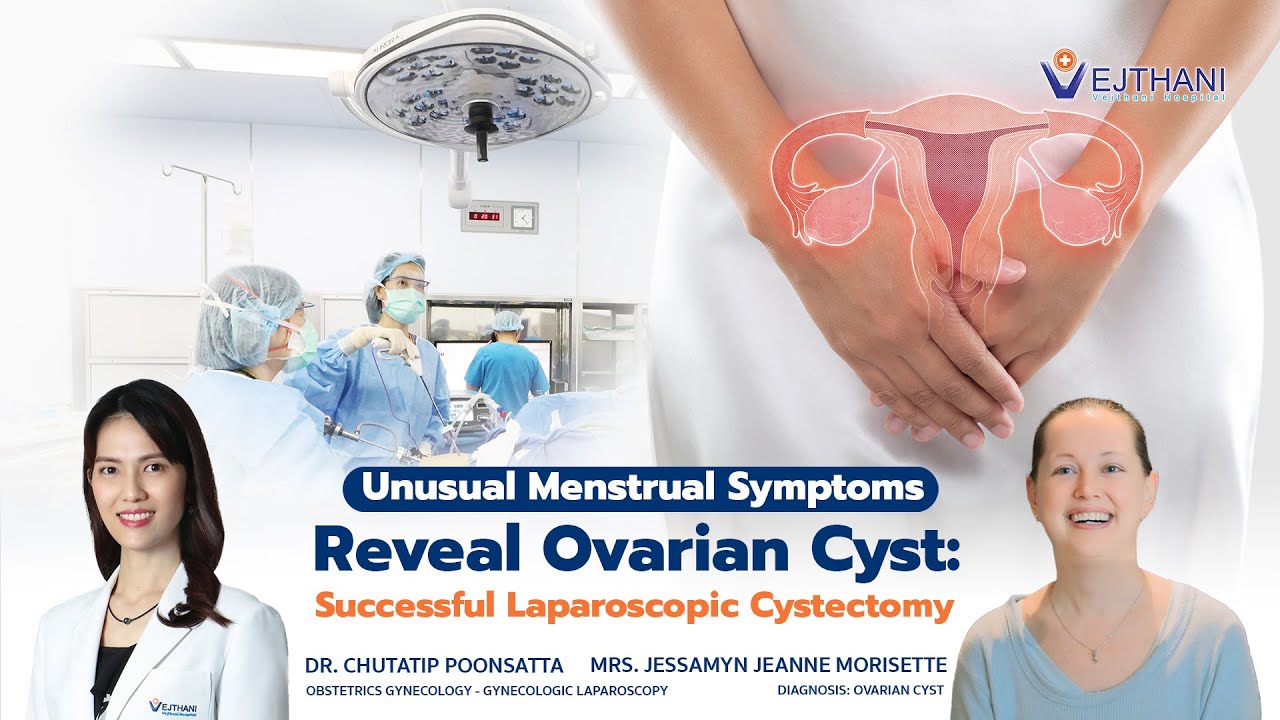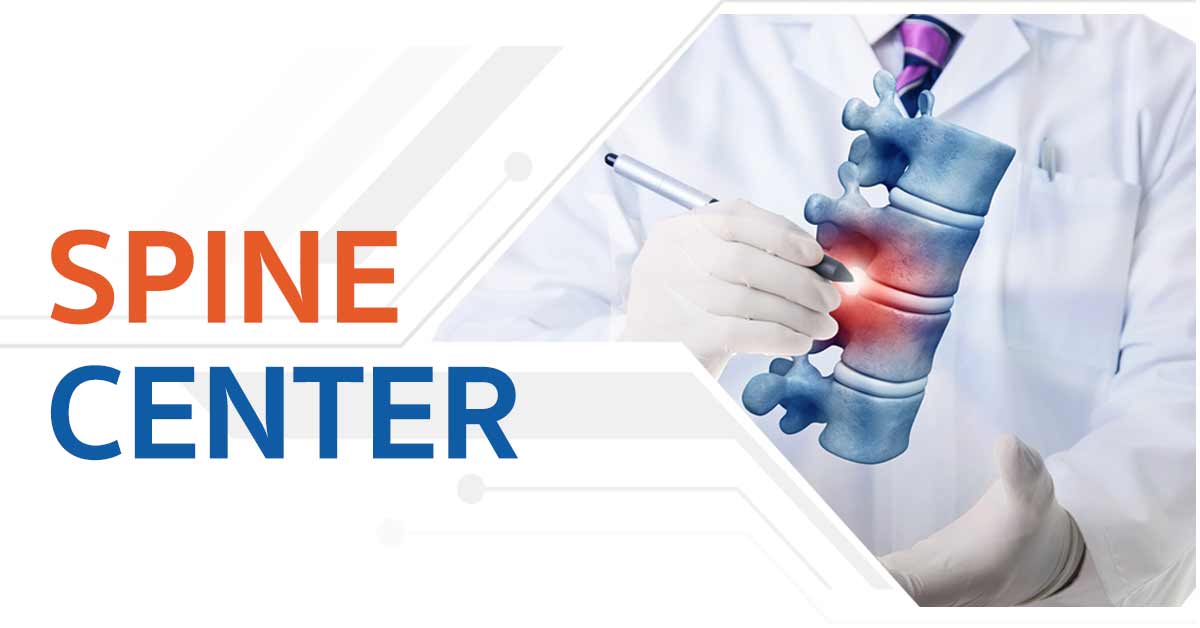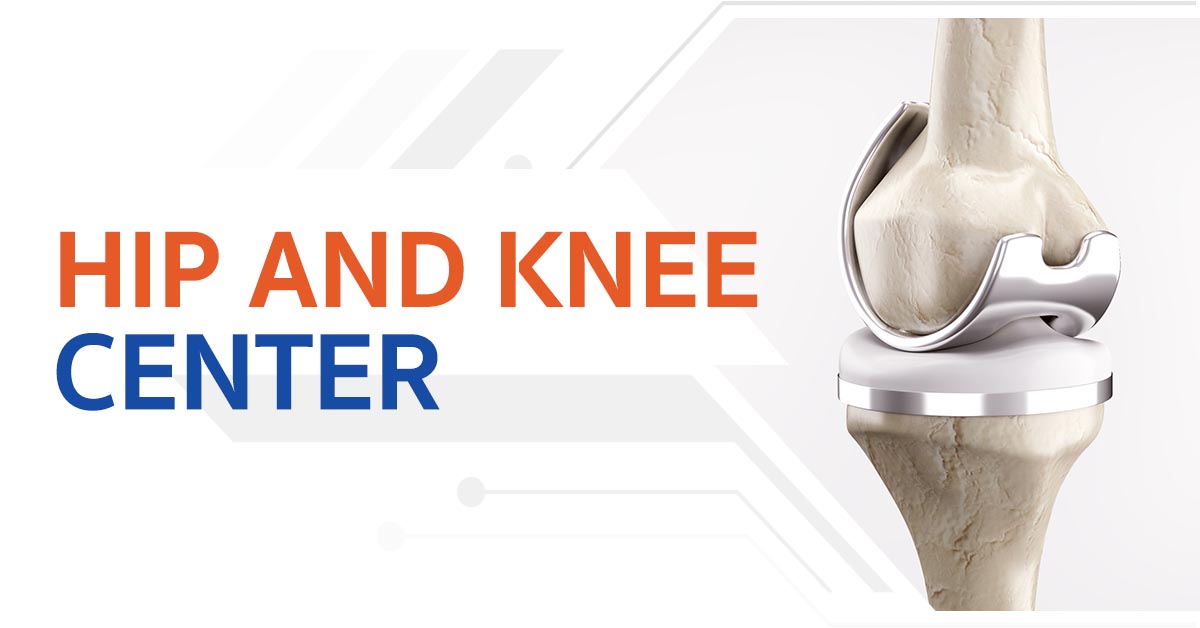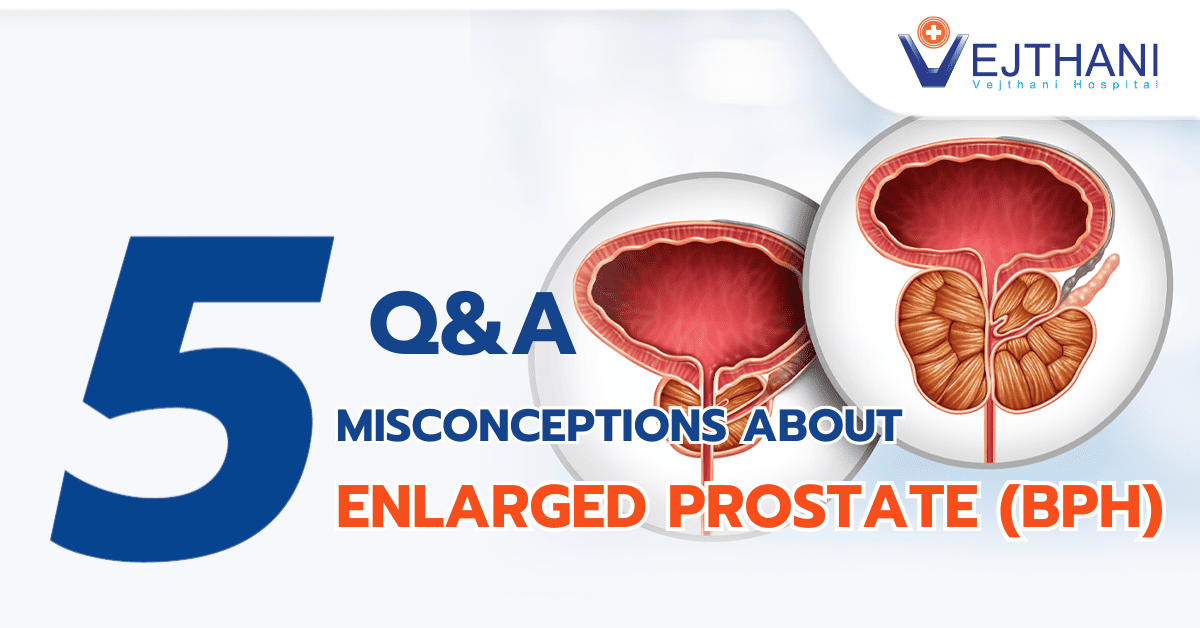
Vocal cord paralysis
Diagnosis
Your doctor will probably listen to your voice, ask you about your symptoms and lifestyle, and inquire about the duration of your voice issues. In order to assess your voice issues more thoroughly, you could take the following tests:
- Laryngoscopy. Your doctor examines your vocal cords using either a mirror, a thin, flexible tube known as a laryngoscope or endoscope, or both. Additionally, you may undergo a test called videostrobolaryngoscopy, which utilizes a specialized scope containing a small camera at its tip or a larger camera connected to the viewing piece of the scope. These advanced endoscopes with high magnification enable your doctor to directly observe your vocal cords or view them on a video monitor. This allows for an assessment of the movement and positioning of the vocal cords, as well as determining whether one or both cords are affected.
- Laryngeal electromyography. This test evaluates the electrical activity in the muscles of your voice box. Typically, your healthcare provider inserts small needles into the vocal cord muscles through the skin of the neck to conduct this assessment. While this test isn’t utilized to direct treatment, it can provide your provider with insights into your potential recovery. Its effectiveness is highest when performed within six weeks to six months after the onset of symptoms.
- Blood tests and scans. Since various diseases can lead to nerve injuries, further tests may be necessary to pinpoint the cause of the paralysis. These tests might encompass blood work, X-rays, Magnetic Resonance Imaging (MRI), or Computed Tomography (CT) scans.
Treatment
The etiology, the intensity of the symptoms, and the length of time from the onset of symptoms all affect how vocal cord paralysis is treated. Surgery, bulk injections, vocal therapy, or a mix of these therapies may be used as treatments.
You might recover in certain cases without undergoing surgery. Because of this, your surgeon may decide to postpone permanent surgery for a minimum of one year after your vocal cord paralysis first manifests.
Nonetheless, within the first three months of voice loss, surgical treatment with different bulk injections is frequently administered.
In order to prevent you from using your voice incorrectly while the nerves recover, your doctor could recommend voice therapy while you wait for surgery.
Voice therapy
Exercises and other activities are performed during voice therapy sessions to strengthen your vocal cords, enhance breath control during speech, avoid tense other surrounding muscles of the paralyzed vocal cord or cords, and safeguard your airway when swallowing. If your paralyzed vocal cords are in a place where you don’t need to add bulk or realign, voice therapy can be all you need to treat them.
Surgery
Your ability to swallow and talk may be improved by surgical therapies if the symptoms of your vocal cord paralysis don’t go away on their own.
Surgical alternatives consist of:
- Bulk injection. Your vocal cord’s muscle will most likely become weak and thin if the nerve that supplies it is paralyzed. A laryngologist, a physician who specializes in problems of the larynx, may inject body fat, collagen, or another authorized filler material into your paralyzed vocal cord to give it more volume. When you talk, swallow, or cough, the extra bulk pushes the afflicted vocal cord into the center of your voice box, where it can make closer touch with the other vocal cord that is still moving and working.
- Structural implants. This treatment, also called thyroplasty, medialization laryngoplasty, or laryngeal framework surgery, uses an implant in the larynx to realign the voice cord in place of a bulk injection. In a rare few cases, patients may require a second procedure to realign the implant.
- Vocal cord repositioning. The paralyzed vocal cord is pushed toward the center of your voice box by the surgeon during this surgery, which involves moving a window of your own tissue from the outside inside. Your unimpaired vocal cord can now vibrate more effectively against its paralyzed counterpart as a result.
- Replacing the damaged nerve (reinnervation). In order to repair the damaged vocal cord during this surgery, a healthy nerve is transferred from another part of the neck. Your voice may not get better for up to six or nine months. Some doctors pair this procedure with a bulk injection.
- Tracheotomy. Your airflow will be reduced if both of your vocal cords are paralyzed and positioned next to each other. This makes breathing extremely difficult and necessitates tracheotomy surgery.
A tracheotomy involves making an incision in the front of the neck to expose the trachea, or windpipe. An endotracheal tube is inserted, facilitating airflow to circumvent the vocal cords.
Contact Information
service@vejthani.com






















